Name Constance Kent | ||
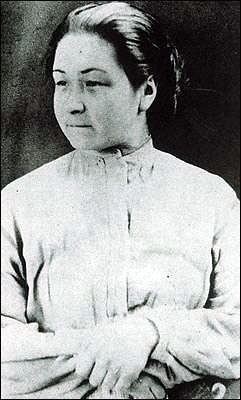 | ||
Born 5 February 1844 ( 1844-02-05 ) Died April 10, 1944, Strathfield, Australia | ||
2006 campmeeting kinard community holiness church constance kent
Constance Emily Kent (6 February 1844 – 10 April 1944) was an English woman who confessed to a notorious child murder that took place when she was 16 years old. The Constance Kent case in 1865 raised a series of questions about priest–penitent privilege in England. In later life Kent changed her name to Ruth Emilie Kaye.
Contents
- 2006 campmeeting kinard community holiness church constance kent
- THE STRANGE DISAPPEARANCE OF ADA CONSTANCE KENT Body Found WASNT hers
- Crime
- Committal
- Press excitement
- Parliamentary comment
- Sentence
- Later life
- Death
- Film
- Literature
- Non fiction studies
- Television
- References
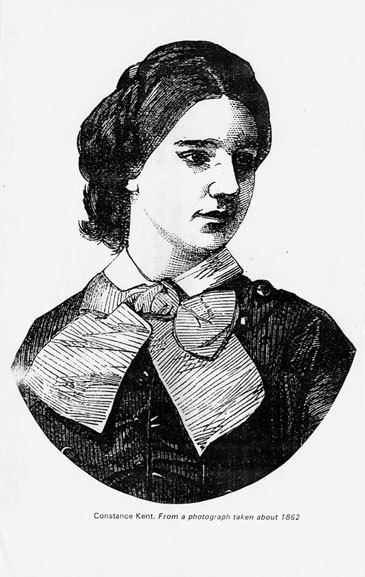
She was born in Sidmouth, Devon in 1844, the daughter of Mary Ann Kent (1808–1852) and Samuel Saville Kent (1801–1872), an Inspector of Factories for the Home Office.
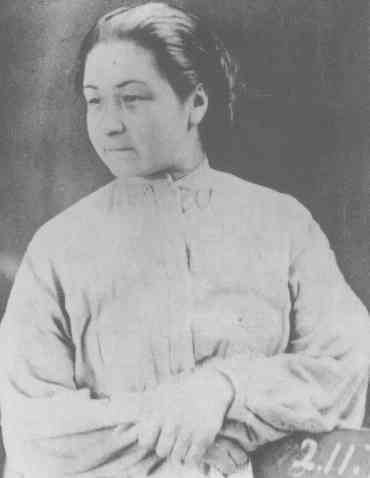
THE STRANGE DISAPPEARANCE OF ADA CONSTANCE KENT | Body Found WASN'T hers??
Crime
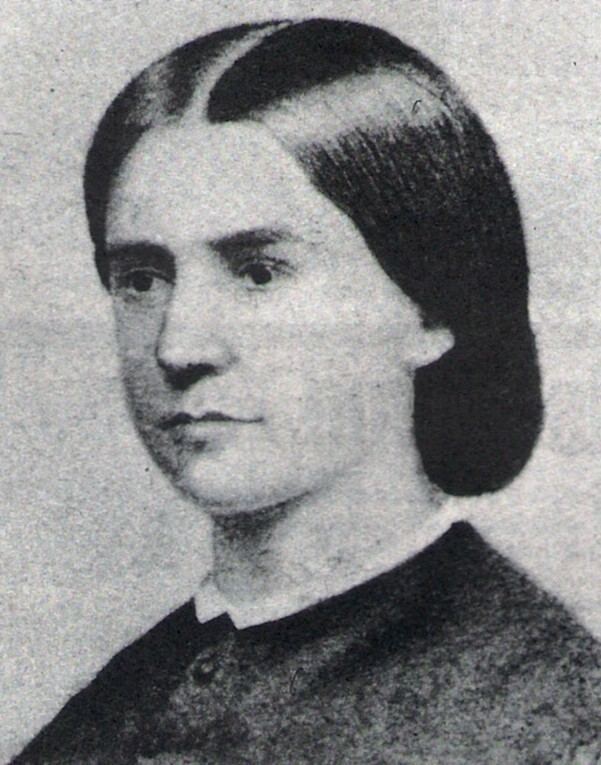
Sometime during the night of 29 June and the morning of 30 June 1860, Francis "Saville" Kent, almost four years old, disappeared from his room in his father, Samuel Kent's house called the Road Hill House, in the village of Rode (spelled "Road" at the time), then in Wiltshire. His body was found in the vault of an outhouse (a privy) on the property. The child, still dressed in his nightshirt and wrapped in a blanket, had knife wounds on his chest and hands, and his throat was slashed so deeply that the body was almost decapitated. The boy's nursemaid, Elizabeth Gough, was initially arrested.
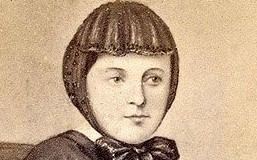
Elizabeth was released when the suspicions of Detective Inspector Jack Whicher of Scotland Yard moved to the boy's 16-year-old half-sister, Constance. She was arrested on 16 July but released without trial owing to public opinion against the accusations of a working class detective against a young lady of breeding. This difference in class was used as subplot by Wilkie Collins in his detective novel The Moonstone (1868).

After the investigation collapsed, the Kent family moved to Wrexham in the north of Wales and sent Constance to a finishing school in Dinan, France.
Committal
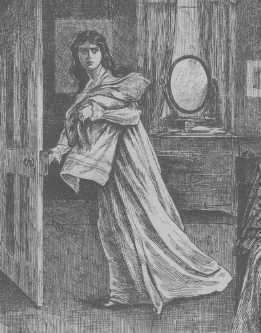
She was prosecuted for the murder five years later, in 1865. She made a statement confessing her guilt to an Anglo-Catholic clergyman, the Rev. Arthur Wagner, and expressed to him her resolution to give herself up to justice. He assisted her in carrying out the resolution, and he gave evidence of this statement before the magistrates but prefaced his evidence by a declaration that he must withhold any further information on the ground that it had been received under the seal of "sacramental confession". He was but lightly pressed by the magistrates, as the prisoner was not contesting the charge.
The substance of the confession was that she had waited until the family and servants were asleep, had gone down to the drawing room and opened the shutters and window, had then taken the child from his room wrapped in a blanket that she had taken from between sheet and counterpane in his cot (leaving both these undisturbed or readjusted), left the house and killed him in the privy with a razor stolen from her father. Her movements before the killing had been conducted with the child in her arms. It had been necessary to hide matches in the privy beforehand for a light to see by during the act of murder. The murder was not a spontaneous act, it seems, but one of revenge, and it was even suggested that Constance had, at certain times, been mentally unbalanced.
There was much speculation at the time that her confession was false. Many supposed that her father, Samuel Savill (or Saville) Kent, a known adulterer, was having an affair with the toddler's nursemaid and, in a fit of rage, murdered the child after coitus interruptus. It fitted a pattern with the senior Kent, who had romanced the family nanny Mary Drewe Pratt while his first wife Mary Ann Kent, née Windus, (Constance's mother) was dying, and subsequently married Pratt (who was Francis' mother). Many were suspicious of Mr Kent from the start, including the novelist Charles Dickens.
In her book The Suspicions of Mr Whicher or The Murder at Road Hill House (2008), however, author Kate Summerscale comes to the conclusion that if Her confession was indeed false and merely an act to shield another person, it was for the benefit of not her father but her brother, William Saville-Kent, with whom she shared a very close sibling relationship, which was further deepened by her father turning his paternal attentions away from the children of his first marriage to the children he had with his second wife. William was indeed suspected during the investigations but was never charged. Summerscale suggests that if William was not the culprit solely responsible for Francis's death, he was at least an accomplice to Constance.
She never recanted her confession, even after her father's and her brother's deaths. She also kept her silence about the motive for the murder. In all of her statements, she emphasised and insisted that she bore no hatred nor jealousy toward her half-brother. As a result of her research, Summerscale comes to the conclusion that the murder of Francis was, no matter whether it were committed by Constance or William, either alone or by both of them, an act of revenge against Samuel Saville Kent for turning his attention to the children of his second marriage, for whom Francis was his reported favourite.
Press excitement
At the Assizes, Constance Kent pleaded guilty, and her plea was accepted so that Wagner was not again called. The position that he assumed before the magistrates caused much public debate in the press. There was considerable expression of public indignation that it should have been suggested that he could have any right as against the state to withhold evidence on the ground that he had put forward. The indignation seems to have been largely directed against the assumption that sacramental confession was known to the Church of England.
Parliamentary comment
Questions were asked in both Houses of Parliament. In the House of Lords, Lord Westbury, the Lord Chancellor, in reply to the Marquess of Westmeath, stated that:
...there can be no doubt that in a suit or criminal proceeding a clergyman of the Church of England is not privileged so as to decline to answer a question which is put to him for the purposes of justice, on the ground that his answer would reveal something that he had known in confession. He is compelled to answer such a question, and the law of England does not even extend the privilege of refusing to answer to Roman Catholic clergymen in dealing with a person of their own persuasion.
He stated that it appeared that an order for committal for contempt of court had in fact been made against Wagner. If that is so, it was not enforced.
On the same occasion, Lord Chelmsford, a previous Lord Chancellor, stated that the law was clear that Wagner had no privilege at all to withhold facts which came to his knowledge in confession. Lord Westmeath said that there had been two recent cases, one being the case of a priest in Scotland, who, on refusing to give evidence, had been committed to prison. As to this case, Lord Westmeath stated that, upon an application for the priest's release being made to the Home Secretary, Sir George Grey, the latter had replied that if he were to remit the sentence without an admission of error on the part of the Catholic priest and without an assurance on his part that he would not again in a similar case adopt the same course, he (the Home Secretary) would be giving a sanction to the assumption of a privilege by ministers of every denomination which, he was advised, they could not claim. The second case was R v Hay.
Lord Westbury's statement in the House of Lords drew a protest from Henry Phillpotts, the Bishop of Exeter, who wrote him a letter strongly maintaining the privilege which had been claimed by Wagner. The bishop argued that the canon law on the subject had been accepted without gainsaying or opposition from any temporal court, that it had been confirmed by the Book of Common Prayer in the service for the visitation of the sick, and, thus, sanctioned by the Act of Uniformity. Phillpotts was supported by Edward Lowth Badeley who wrote a pamphlet on the question of priest–penitent privilege. From the bishop's reply to Lord Westbury's answer to his letter, it is apparent that Lord Westbury had expressed the opinion that the 113th canon of 1603 simply meant that the "clergyman must not ex mero motu and voluntarily and without legal obligation reveal what is communicated to him in confession". He appears, also, to have expressed an opinion that the public was not at the time in a temper to bear any alteration of the rule compelling the disclosure of such evidence.
Sentence
Constance Kent was sentenced to death, but this was commuted to life in prison owing to her youth at the time and her confession. She served twenty years in a number of gaols, including Millbank Prison, and was released in 1885, at the age of 41. During her time in prison, she produced mosaics for a number of churches, including work for the crypt of St. Paul's cathedral. Noeline Kyle, in her book A Greater Guilt, discusses the work Constance Kent was engaged in while incarcerated, and what Kyle describes as the myth of the mosaics.
Later life
Kent emigrated to Australia early in 1886 and joined her brother William in Tasmania, where he worked as a government adviser on fisheries. She changed her name to Ruth Emilie Kaye and trained as a nurse at The Alfred Hospital in Prahran, Melbourne, before being appointed sister-in-charge of the Female Lazaret at the Coast Hospital, Little Bay, in Sydney. From 1898 to 1909, she worked at the Parramatta Industrial School for Girls. She lived in the New South Wales country town of Mittagong for a year, and was then made matron of the Pierce Memorial Nurses' Home at East Maitland, New South Wales, serving there from 1911 until she retired in 1932.
Death
Constance Kent died on 10 April 1944, aged 100, in a private hospital in the Sydney suburb of Strathfield. On 11 April 1944, The Sydney Morning Herald reported that she was cremated at the nearby Rookwood Cemetery.
